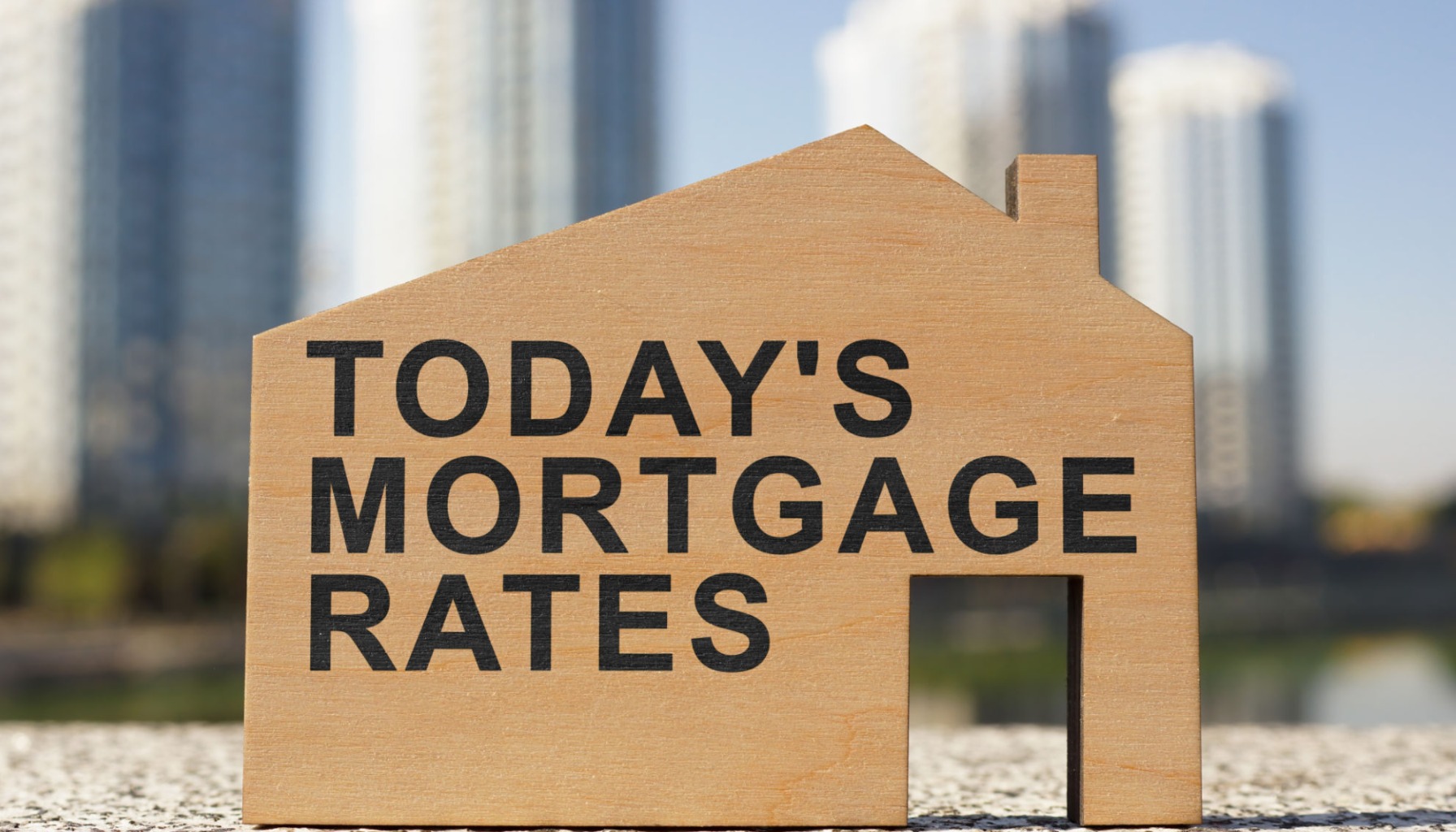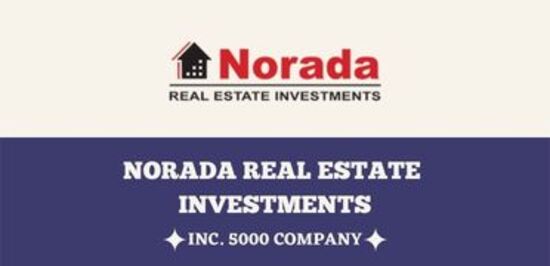As of today, November 18th, mortgage rates are largely holding steady, showing a slight uptick but staying remarkably consistent. According to the latest data from Zillow, the average rate for a 30-year fixed mortgage has nudged up to 6.09%, while the 15-year fixed rate remains at 5.54%. This quiet stability suggests we're in a bit of a holding pattern, with no major shifts expected in the immediate future.
After a period of some noticeable drops, rates seem to have found a rhythm. This isn't surprising, given the economic signals we're getting – or, more accurately, the lack of strong signals. When there’s no big news to shake things up, the market tends to settle.
The bond market, which often influences mortgage rates, is also showing this same lack of direction. The 10-year Treasury yield, a key indicator, is just drifting along. This means that for now, both buying a new home and refinancing an existing one are happening at rates that aren't dramatically changing day by day.
Today's Mortgage Rates, November 18: Rates Remain Stable Across the Board
The Latest Numbers
Let's break down what these numbers mean for you. These are the national averages provided by Zillow, rounded to the nearest hundredth. Keep in mind that your personal rate might be a little different based on your credit score, down payment, and other factors.
| Loan Type | Average Rate (Purchase) | Average Rate (Refinance) |
|---|---|---|
| 30-year fixed | 6.09% | 6.23% |
| 20-year fixed | 6.10% | 6.23% |
| 15-year fixed | 5.54% | 5.71% |
| 5/1 ARM | 6.31% | 6.50% |
| 7/1 ARM | 6.34% | 7.01% |
| 30-year VA | 5.64% | 5.66% |
| 15-year VA | 5.30% | 5.45% |
| 5/1 VA | 5.28% | 5.29% |
As you can see, refinance rates are generally a touch higher than purchase rates. This is pretty standard. Lenders sometimes offer slightly better terms for new borrowers than for those looking to change their existing loans.
Fixed-Rate vs. Adjustable-Rate Mortgages (ARMs)
When you look at these numbers, you’ll see a few different types of loans. The most common are fixed-rate mortgages, where your interest rate and monthly payment stay the same for the entire life of the loan. Then there are adjustable-rate mortgages, or ARMs.
For ARMs like the 5/1 and 7/1, the initial rate is often lower than a fixed-rate loan. The “5/1” means the rate is fixed for the first five years, then it can adjust once a year based on market conditions. The “7/1” is similar but with a seven-year fixed period. These can be good if you plan to sell or refinance before the fixed period ends, but they carry the risk of higher payments later on.
The 15-Year vs. 30-Year Fixed-Rate Debate
This is a classic homeowner dilemma. Choosing between a 15-year and a 30-year fixed-rate mortgage often comes down to balancing monthly affordability with long-term savings.
- 15-Year Mortgage:
- Pros: You'll lock in a lower interest rate compared to a 30-year loan. This means you'll pay significantly less total interest over the life of the loan – think hundreds of thousands saved! You'll also build equity much faster, meaning you'll own your home outright sooner. This could be a great option if you're aiming to be mortgage-free before retirement.
- Cons: The trade-off is higher monthly payments. This can strain your budget and leave less money for other things like investments or unexpected expenses. It can also be harder to qualify for these loans because lenders need to be sure you can handle those larger payments.
- 30-Year Mortgage:
- Pros: The biggest advantage is lower monthly payments. This makes homeownership more accessible for many people and provides more breathing room in your monthly budget. You can also make extra payments towards the principal anytime you want without penalty, effectively allowing you to pay it off faster if your financial situation improves.
- Cons: You'll pay a higher interest rate, which adds up to substantially more interest paid over three decades. Equity builds up more slowly, and you'll be making payments for a lot longer.
My two cents? If your budget allows for it, leaning towards the 15-year can save you a fortune in interest. But if the higher monthly payment of a 15-year loan would make things too tight, the 30-year offers vital flexibility. It's always worth running the numbers with a lender to see what makes the most sense for your personal finances.
Where Are Rates Headed? Looking Ahead
The market has been a bit of a rollercoaster recently. We saw some nice drops in mortgage rates in the weeks leading up to the Federal Reserve’s rate cuts in September and October of 2025. Yes, you read that right – the data reflects actions in the past year, indicating these trends are based on recent historical context rather than real-time events as of November 18th in the current year. This is a crucial detail to remember when evaluating these figures.
The Fed's move to cut the federal funds rate by 0.25% in September and again in October 2025 usually has some ripple effect on mortgage rates. However, the connection isn't always direct, and the impact has been inconsistent. What’s important to note is that these 2025 rate cuts have already influenced the market, and we're now seeing rates stabilize, reflecting that past action.
Looking forward, the big question is what happens next. Economists and Wall Street analysts will be poring over upcoming economic reports, especially those concerning jobs and inflation for November. Any signs that inflation is continuing to cool down could put downward pressure on mortgage rates. Conversely, if inflation starts to heat up again, we might see rates climb.
Key Influences on Mortgage Rates
Several factors play a role in where mortgage rates go:
- Inflation: This is a major driver. When inflation is high, the Federal Reserve often raises interest rates to cool down the economy, which can push mortgage rates up. If inflation cools, rates might fall.
- Federal Reserve Policy: While mortgage rates aren't directly set by the Fed, their decisions on the federal funds rate signal their broader monetary policy. If the Fed signals more rate cuts are coming, markets might anticipate lower mortgage rates.
- Economic Data: Reports on jobs, consumer spending, and economic growth give us clues about the health of the economy. Stronger-than-expected data can sometimes lead to higher rates, while weaker data might lead to lower rates.
- Bond Market Performance: As mentioned, mortgage rates tend to track the yields on U.S. Treasury bonds, particularly the 10-year Treasury note.
Related Topics:
Mortgage Rates Trends as of November 17, 2025
Mortgage Rate Predictions for the Next 30 Days: Nov 10 to Dec 10, 2025
Mortgage Rates Predictions for the Next 12 Months: Nov 2025 to Nov 2026
Mortgage Rates Predictions for Next 90 Days: October to December 2025
Forecasts and Future Possibilities
What do the experts predict for the coming years?
- Fannie Mae has projected that the average 30-year fixed rate might end 2025 around 6.3% and could ease to 5.9% by the close of 2026.
- The Mortgage Bankers Association (MBA), in their October 2025 forecast, anticipates the 30-year fixed rate to hover around 6.4% throughout 2026.
These are just educated guesses, of course. The economic picture can change quickly.
One fascinating development on the horizon is the potential for portable mortgages. The Federal Housing Finance Agency is looking into allowing homeowners to transfer their existing mortgage to a new home. This could be a game-changer for people who love their current low mortgage rate but need to move. It could help ease the “golden handcuffs” effect, where people feel trapped in their homes because they don't want to give up a low-interest loan for a much higher one.
A Little Historical Perspective
It's easy to get caught up focusing on today's numbers, but it’s helpful to remember where we’ve been. While current rates are higher than the incredibly low sub-3% rates we saw during the pandemic, they are still quite competitive when you look at averages stretching back decades, even to the 1970s and 1980s. This context can help frame whether current rates are a good deal for your situation.
Ultimately, understanding today's mortgage rates is about more than just the number. It involves looking at the economic forces at play, considering your personal financial goals, and making informed decisions about your homeownership journey.
Growth Markets, Stronger Returns: Invest Where Demand Is Rising
Turnkey rental properties in fast-growing housing markets offer a powerful way to generate passive income with minimal hassle.
Work with Norada Real Estate to find stable, cash-flowing markets beyond the bubble zones—so you can build wealth without the risks of ultra-competitive areas.
🔥 HOT NEW LISTINGS JUST ADDED! 🔥
Talk to a Norada investment counselor today (No Obligation):
(800) 611-3060
Also Read:
- Mortgage Rates Predictions Backed by 7 Leading Experts: 2025–2026
- Mortgage Rate Predictions for the Next 3 Years: 2026, 2027, 2028
- 30-Year Fixed Mortgage Rate Forecast for the Next 5 Years
- 15-Year Fixed Mortgage Rate Predictions for Next 5 Years: 2025-2029
- Will Mortgage Rates Ever Be 3% Again in the Future?
- Mortgage Rates Predictions for Next 2 Years
- Mortgage Rate Predictions for Next 5 Years
- Mortgage Rate Predictions: Why 2% and 3% Rates are Out of Reach
- How Lower Mortgage Rates Can Save You Thousands?
- How to Get a Low Mortgage Interest Rate?
- Will Mortgage Rates Ever Be 4% Again?



